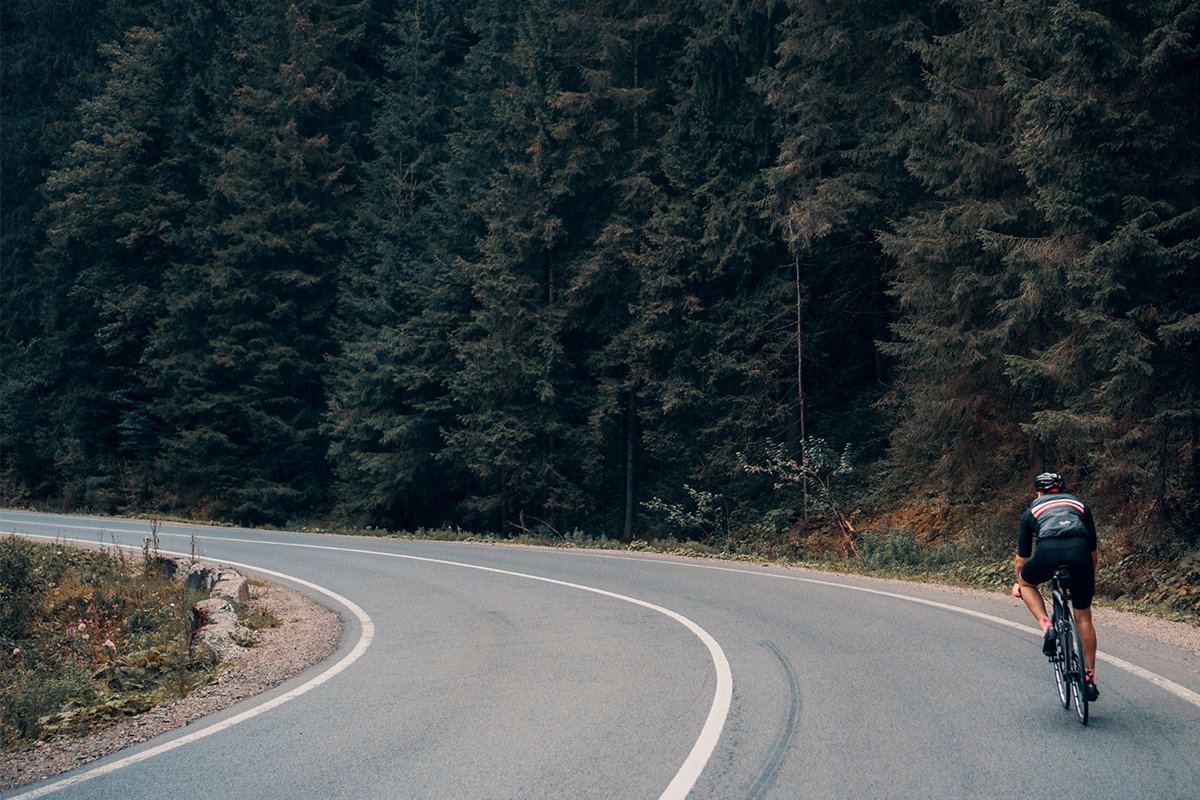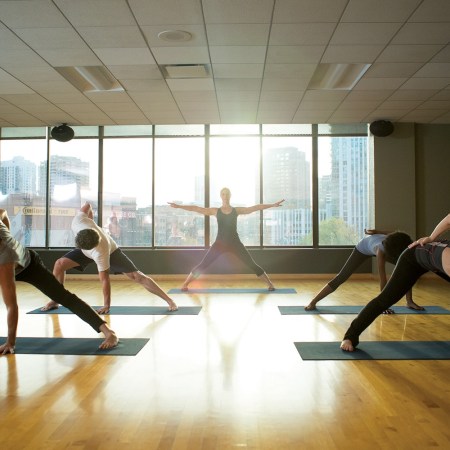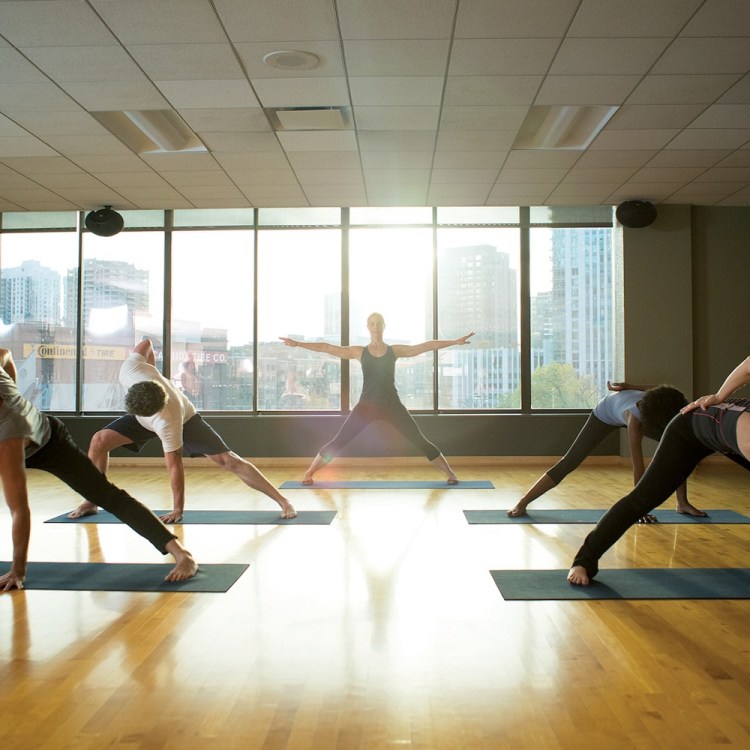In a year of canceled cycling events, the community’s most driven (read: masochistic) athletes have taken to biking up and down hills dozens of times until they reach 29,029 feet of climbing, the official height of Mt. Everest. Snacks are allowed, sleeping is not, and anyone who finishes the feat enters the Everesting Hall of Fame, which is maintained in an online database by Australian cycling legend Andy van Bergen.
According to a recent New York Times profile, back in 2012 van Bergen happened upon an article by endurance athlete George Mallory, who wanted to climb (via his two feet, not a bike) the real Himalayas, and had trained his lungs by biking the mythic mountain’s height above sea level over and over again in a mountain range in Victoria, Australia. Stunned and inspired, van Bergen adopted Mallory’s routine as a new challenge for serious cyclists.
During the 2010s, a total of 5,000 cyclists had made it to the Everesting Hall of Fame. This year, 1,200 are joining the list each month. Like many runners this year — who’ve turned to unsanctioned virtual races — these cyclists have time on their hands, and a burning desire to get some competitive use out of their training. If that means finding a tough hill to wage 75 repeats on in a row, so be it. As a result, the all-time record keeps breaking. The former mark (eight hours and 29 minutes) stood for two years before falling three times this year. Alberto Contador, a two-time winner of the Tour de France, held the record at 7:29 until Ronan McLaughlin biked a 7:04 in Ireland a few weeks ago.
In case you’re actually thinking of attempting this, what sort of time should you expect? Twice as long as that, and probably more. It took Times writer Alec Jacobson 14:07 to finish and he says he vomited on the ninth lap. Your best bet, depending on your skill level, is to carefully work up to a full Everest. Try a mini-Everest for starters — a quarter, or a third — and bolster your legs and lungs first. The big-idea challenges that stormed in to replace all the disrupted events and races seem here to stay, so take your time and build up responsibly.
Subscribe here for our free daily newsletter.
Whether you’re looking to get into shape, or just get out of a funk, The Charge has got you covered. Sign up for our new wellness newsletter today.


















